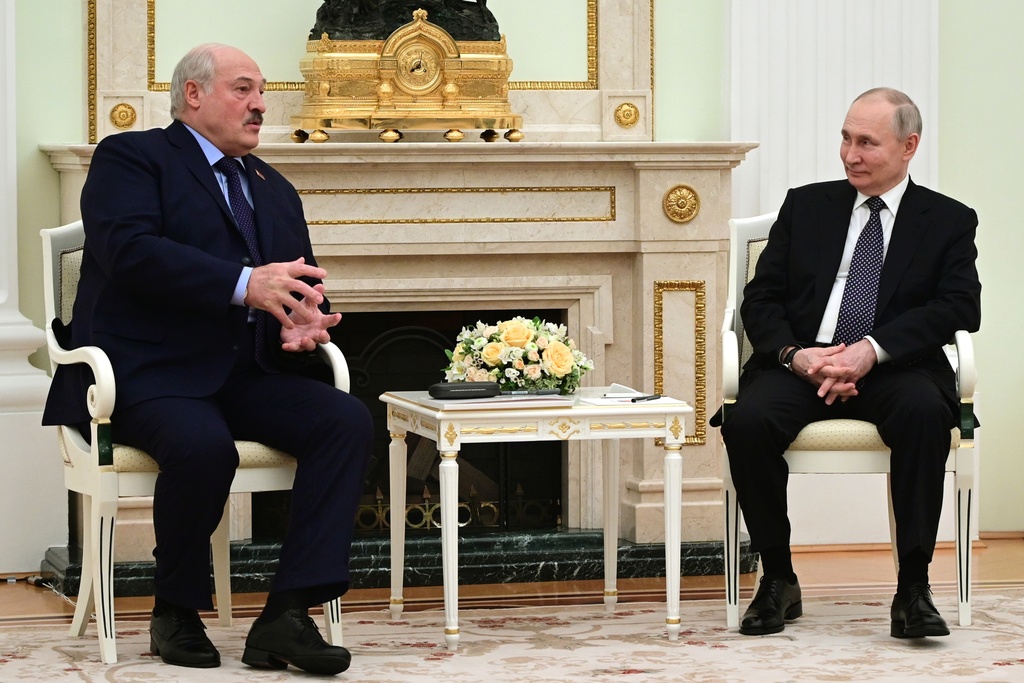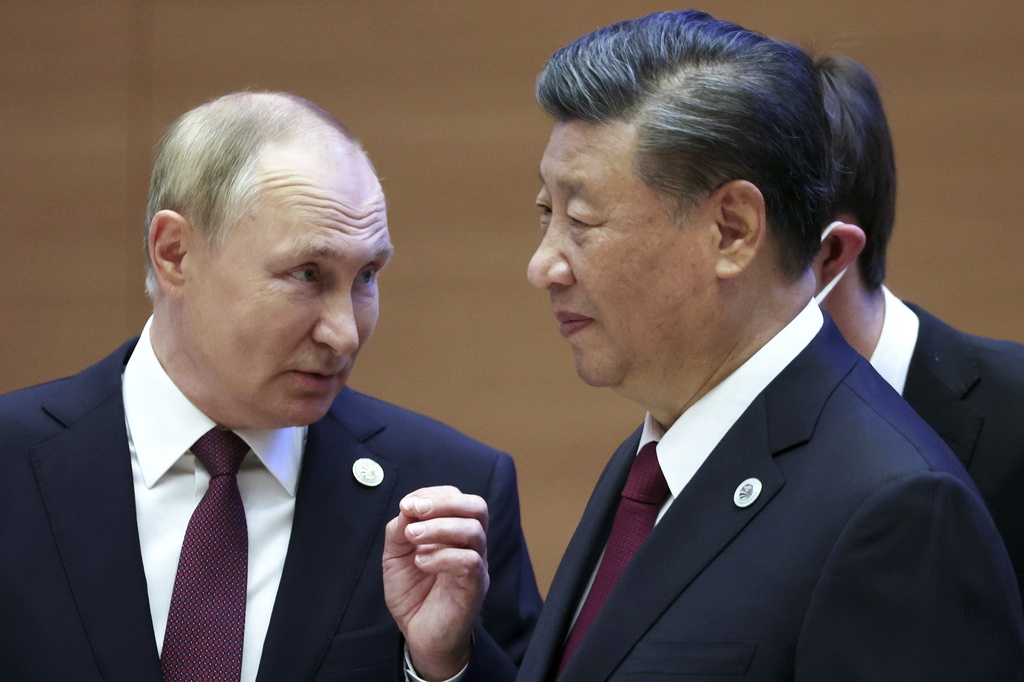Chinese Communist Soldiers Train in Belarus, the Kremlin’s Satellite in Eastern Europe and a Stone’s Throw From NATO
Code-named Eagle Assault 2024, the exercise comes immediately after Belarus joins the Shanghai Cooperation Organization, a Russo-Chinese counterweight to the North Atlantic Treaty.

Three miles east of the border of Poland — a member of the North Atlantic Treaty — Communist Chinese soldiers are training through next Friday with soldiers of Belarus. The People’s Liberation Army soldiers flew in from western China on a lumbering Chinese-built Y-20 transport plane.
Code-named Eagle Assault 2024, the exercise comes immediately after Belarus last week joined the Shanghai Cooperation Organization. This Eurasian political and defense organization was created by Russia and China in 2001 as a counterweight to NATO. By becoming the 10th member, Belarus, a Russian satellite, projects the SCO into eastern Europe.
Polish analysts find the location of the training exercise more than coincidental. Thirteen miles to the west of the Belarusian training base is the Polish rail hub of Malaszewicze.
Known as a gauge break, Malaszewicze has a vast rail yard where freight trains change from the broad Soviet gauge to Europe’s narrower standard gauge. This little known railroad village is the entry point for 90 percent of Chinese rail cargo into the European Union. During the first six months of this year, it handled 10,000 cargo trains from China.

Poland has not publicly threatened to slow the trains. However, the presence of Chinese People’s Liberation Army soldiers comes as tensions rise on the Poland-Belarus border, a key part of NATO’s eastern flank. In recent months, Poland closed four of its six land border crossings with Belarus.
The immediate threat is Belarus’ tactic of pumping thousands of Third World migrants into Poland without EU visas. “There is a hybrid war ongoing on the Poland-Belarus border, as well as on the Latvian, Lithuanian, and Estonian borders,” Poland’s defense minister, Wladyslaw Kosiniak-Kamysz, said earlier this week.
In May, Poland announced “East Shield,” a five-year, $2.5 billion program to fully fence and defend its 250-mile land border with Belarus and its 130-mile border with the Russian exclave of Kaliningrad. Poland plans to bring in border patrol officials from Finland, Greece and Germany to discuss control tactics.
Poland is nearly tripling its troops on its eastern border, to reach 17,000, by the end of next month, its deputy defense minister, Pawel Bejda, told reporters Wednesday at Warsaw. The army chief of staff, General Wieslaw Kukula, told the same press conference: “Today, we need to prepare our forces for full-scale conflict, not an asymmetric-type conflict.”

In 2022, Russia used Belarus as its launching pad for its failed blitzkrieg on Kyiv. Last year, Russia moved some of its tactical nuclear weapons to Belarus. Increasingly, defense officials in Belarus make hostile comments about Poland, a nation with four times the population.
In May, when Mr. Putin visited Minsk, Belarus’ president, Alexander Lukashenko, named as first deputy defense minister, Major General Pavel Muraveyka, an officer known for publicly threatening Poland and Lithuania.
Last week, at a briefing about the drills, Vladimir Kupriyanyuk, deputy head of General Staff of the Belarusian armed forces, said the exercises were a response to the “West’s aggressive foreign policy toward Belarus” and to “Ukrainian provocation.”
Alarmed by Mr. Putin’s all-out assault on Ukraine, Poland is spending on defense this year 4 percent of its gross domestic product, double the goal set for NATO member nations. Within five years, Poland plans to increase its military to 300,000 soldiers, a 58 percent jump from the 190,000 today.
Writ large, the presence this week of Chinese soldiers training in Eastern Europe is a rebuke to NATO. Yesterday, the 32 members of the trans-Atlantic pact closed their 75th annual meeting in Washington.
Referring to the sizable flow of dual use equipment to Russia’s military from China, the joint statement called Beijing “a decisive enabler of Russia’s war” and warned about consequences to “its interests and reputation” for enabling “the largest war in Europe in recent history.”
In Brussels, China’s mission to the EU immediately reacted yesterday, describing the statement as being “full of Cold War mentality and belligerent rhetoric, and China-related content full of provocations, lies, incitement and smears.”
China’s fear is that NATO could persuade Poland to check cargo trains heading east to China from Malaszewicze. With 50 trains a day passing through, Polish customs officials could easily create a work-to-rule slowdown.
In that light, the PLA soldiers practicing night landings, operations in populated areas, and overcoming water barriers may be sending a signal to Poland. The site of the training ground, the city of Brest, is across the Bug River from Poland.
China’s Defense Ministry said in a forward-looking statement of the China-Belarus drills: “The joint training aims to enhance the coordination capabilities of the participating troops and deepen practical cooperation between the two armies.”

